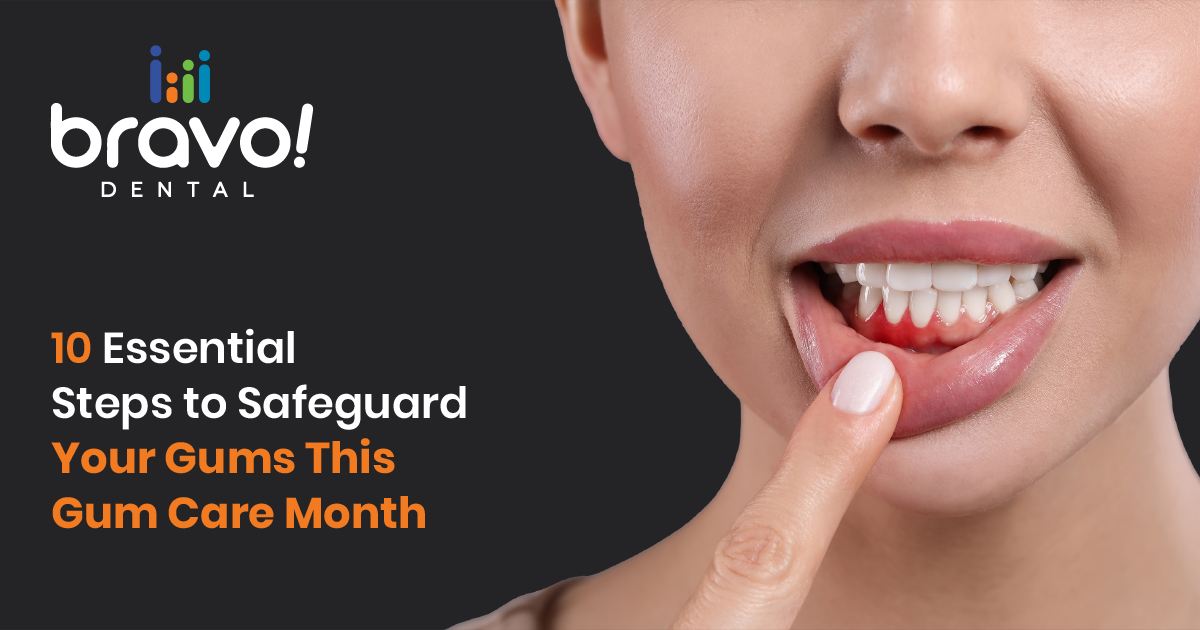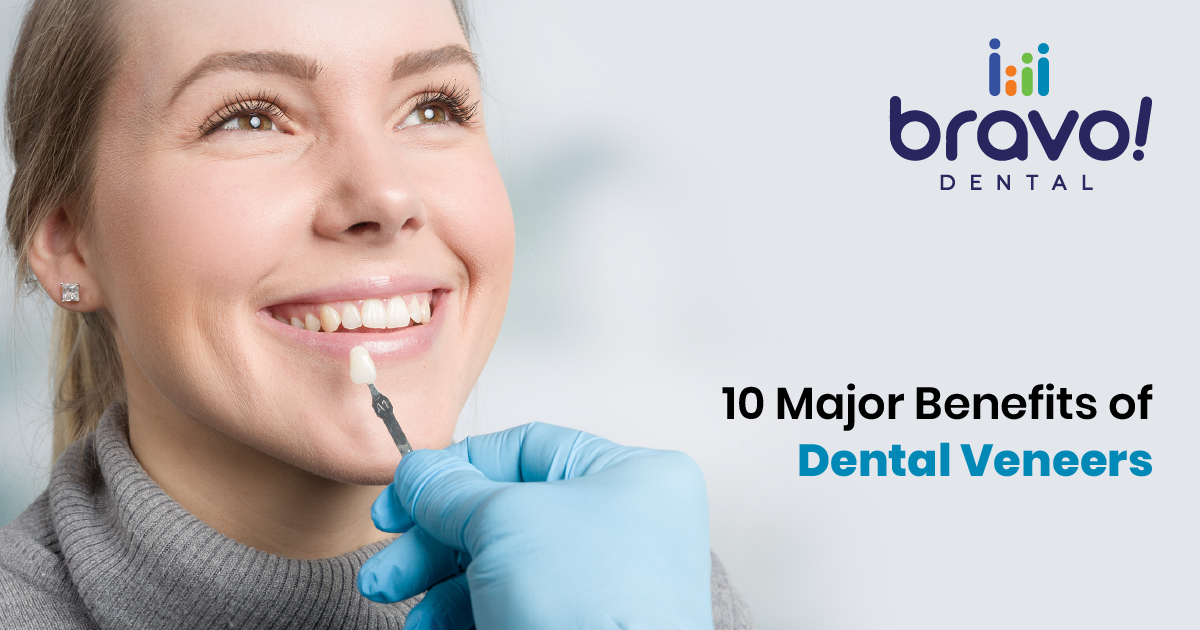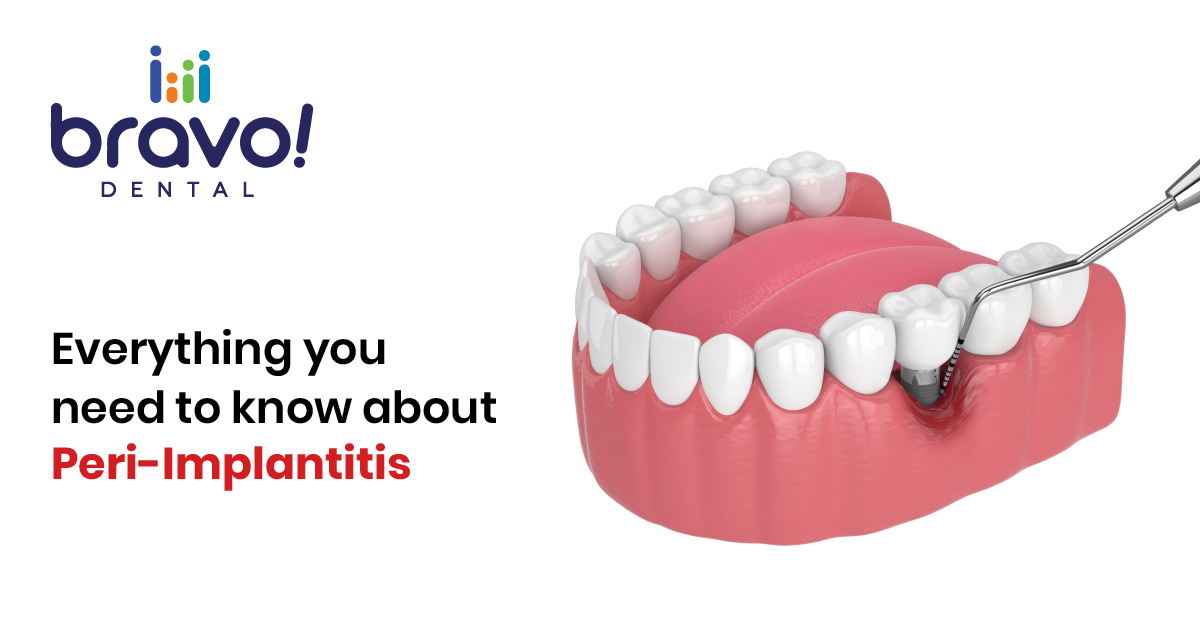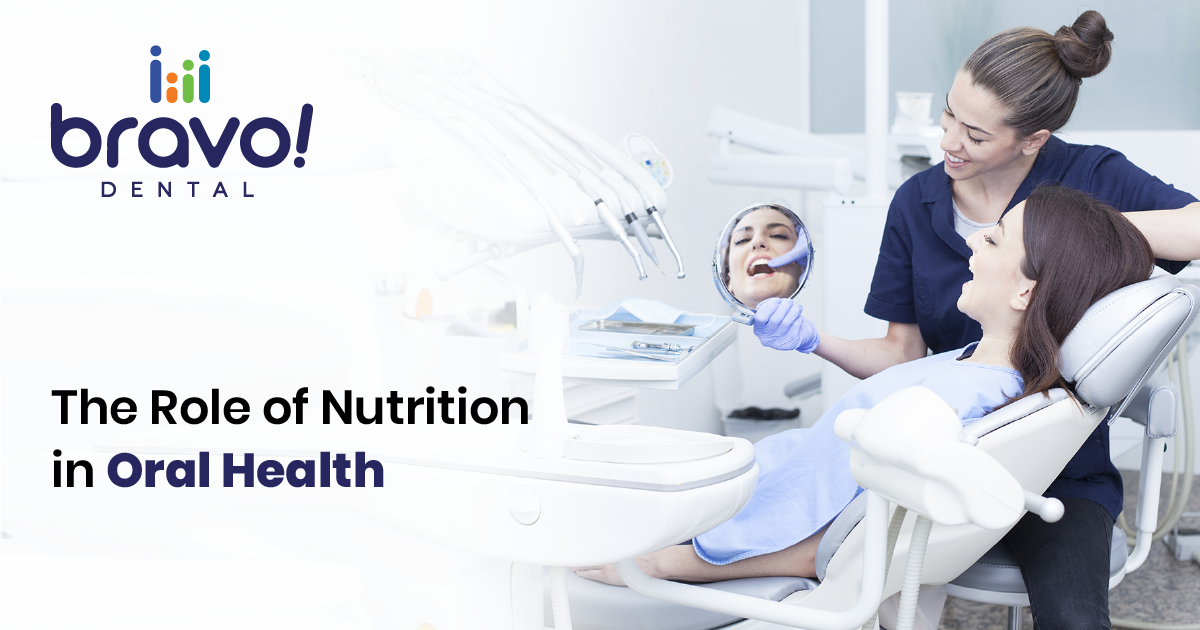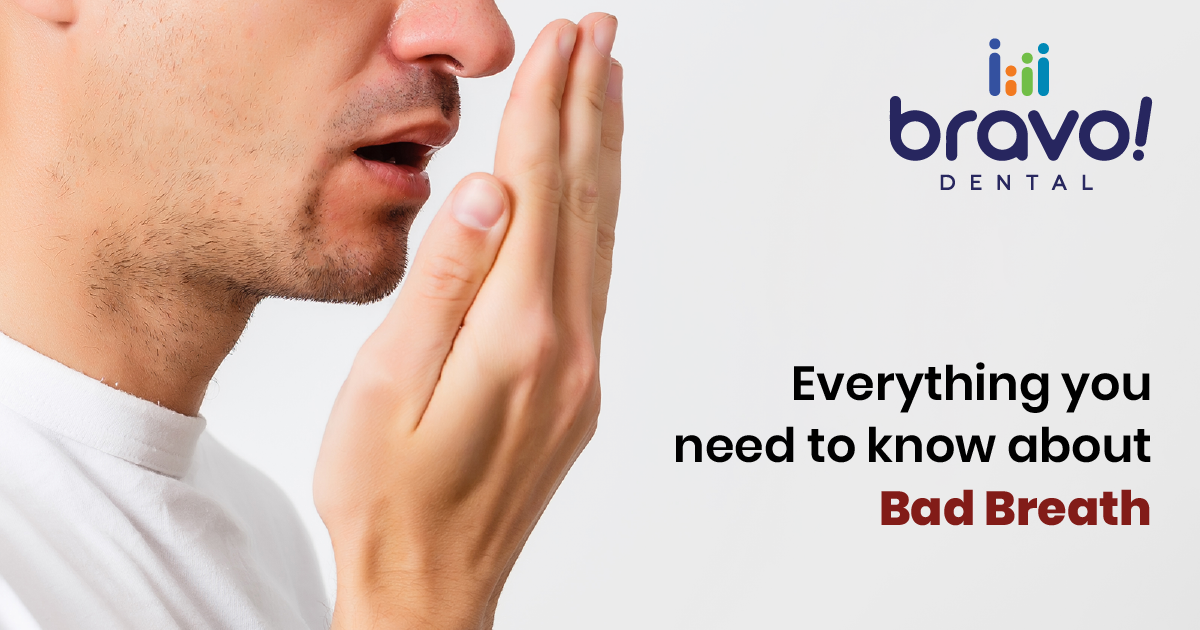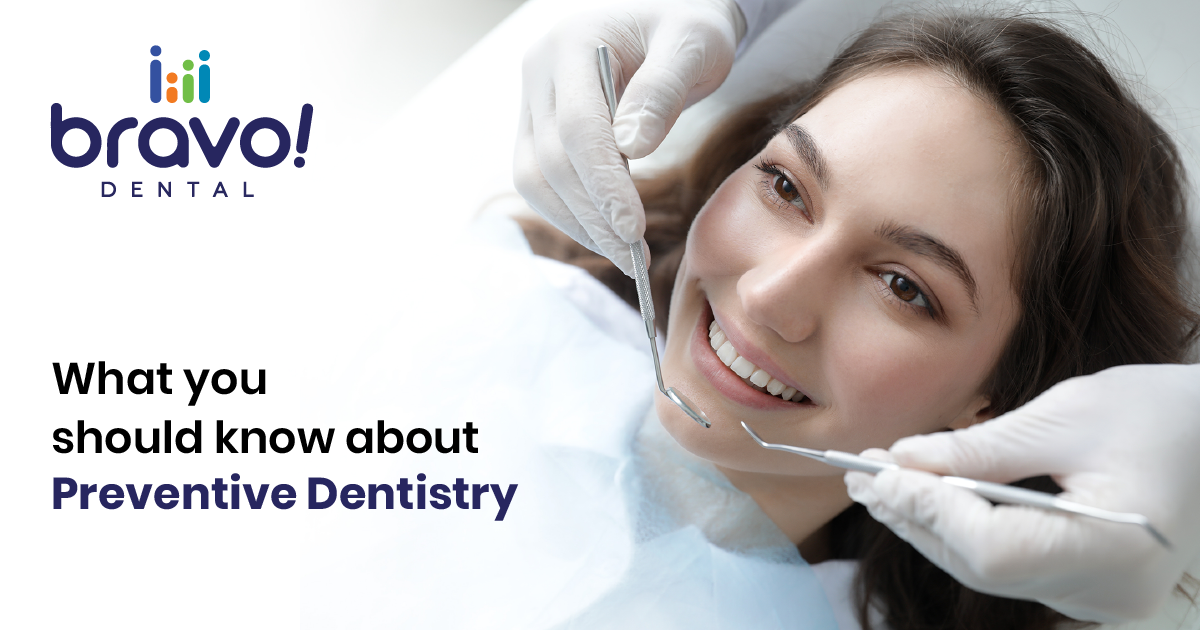This month is a dedicated time to raise awareness about the significance of gum health and the essential steps to protect your gums from potential problems. Just like the foundation of a house, healthy gums form the basis of a strong and beautiful smile.
This blog will explore key practices you can adopt during Gum Care Month and throughout the year to ensure optimal gum health.
1. Regular and Proper Brushing
As we celebrate Gum Care Month, let’s begin with the cornerstone of any gum care routine – regular and proper brushing. This simple habit can prevent gum problems by eliminating plaque and debris contributing to inflammation.
2. Flossing Daily
Flossing helps remove hidden food particles and plaque from between your teeth and along the gumline, promoting gum health and preventing issues like gingivitis.
3. Mouthwash and Rinsing
Incorporating an antimicrobial mouthwash into your routine is a fantastic way to amplify your gum care efforts. Mouthwash reaches areas that brushing and flossing can’t, significantly reducing harmful bacteria that can lead to gum problems.
4. Balanced Diet for Gum Health
Opt for foods rich in vitamins and minerals, such as fruits, vegetables, and lean proteins. These choices not only contribute to your overall health but also provide your gums with the nutrients they need to stay strong and resilient.
5. Stay Hydrated
Drinking water helps cleanse your mouth, wash away debris, and maintain an environment conducive to healthy gums. Proper hydration also supports saliva production, which aids in neutralizing acids and maintaining oral balance.
6. Avoid Tobacco Products
Smoking and using tobacco can have severe consequences for your gum health, increasing your vulnerability to infections and impeding healing. By avoiding it, you’re actively working to protect your gums.
7. Regular Dental Check-ups
Gum Care Month is an ideal time to schedule a dental check-up. Professional dental cleanings can remove stubborn plaque and tartar, reducing the risk of gum disease. Our experts at Bravo! Dental can also offer personalized guidance for maintaining gum health based on your unique needs.
8. Stress Management
High-stress levels can weaken your immune system, making your gums more susceptible to problems. Incorporate stress-reduction techniques like meditation and yoga to benefit not only your mind but also your gum health.
9. Use a Gum-Friendly Toothpaste
Consider switching to a toothpaste specifically formulated for gum care. These toothpaste products often contain ingredients that bolster gum health. Consult your dentist to choose the right toothpaste for your gum care routine.
10. Avoid Aggressive Brushing
Aggressive brushing can lead to irritation and damage. Embrace a soft-bristle toothbrush and employ gentle motions to keep your gums protected.
Conclusion
Gum Care Month is a good time to remind everyone of the importance of gum health. By integrating these practices into your daily life, you’re not only spreading gum care awareness this month but also investing in the long-term well-being of your gums. As we celebrate Gum Care Month, let’s make these habits a year-round commitment, ensuring that our gums remain healthy, strong, and ready to support our smiles for years to come.
For more tips on gum care ring our Bravo! Dental experts at 1-888-682-7286.
